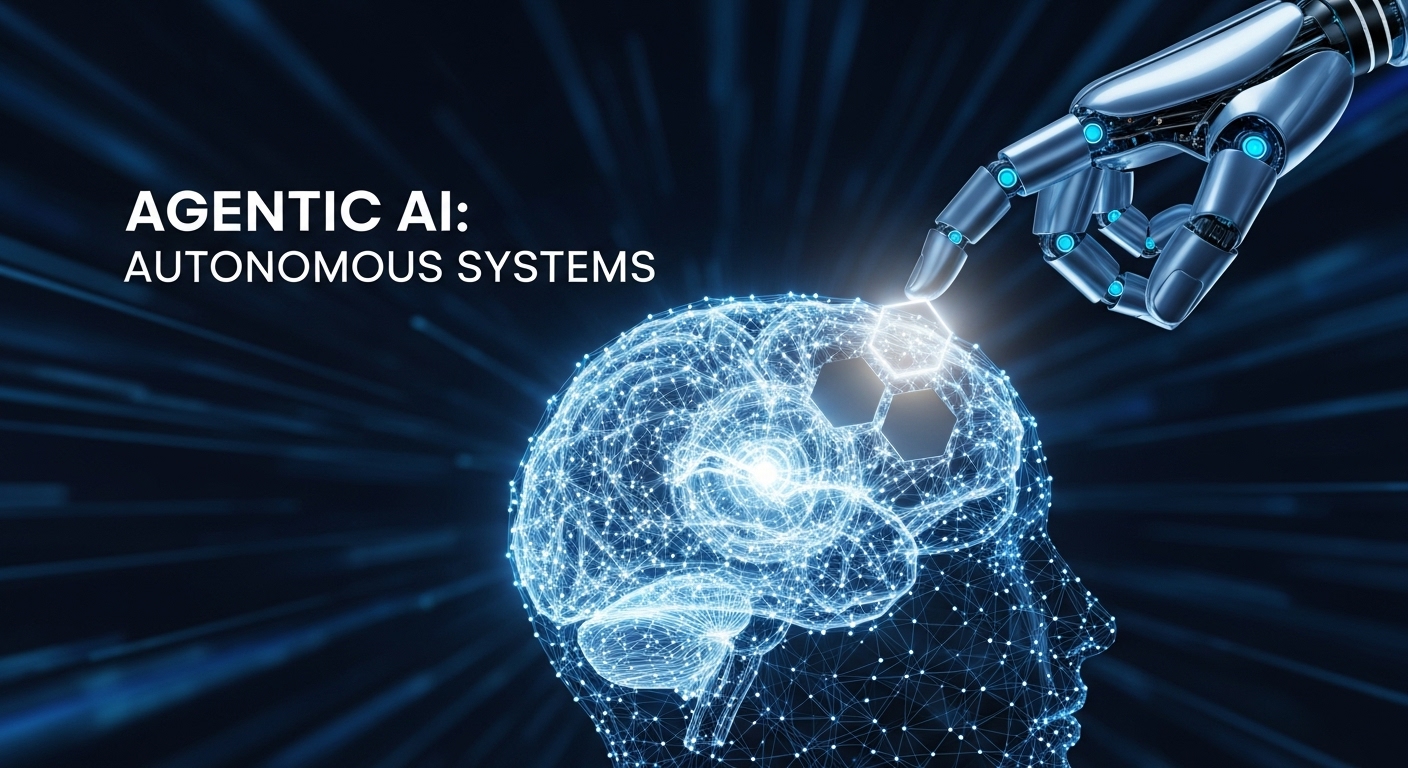The Agentic AI Revolution: Why Autonomous Systems Are the Next Frontier in Tech
The Current State: Productivity, Not Autonomy
For the last few years, the biggest technology story has been Generative AI—systems like ChatGPT and Midjourney that can instantly generate text, code, and images. They’ve been an incredible boost to productivity, acting as a powerful co-pilot. We ask a question, and they give us an answer.
But there's a limit to this: they are reactive. They wait for your next prompt, your next instruction.
The next seismic shift in technology is already underway, and it's called Agentic AI. This isn't just an upgrade; it’s a complete transformation from AI as a tool to AI as an autonomous coworker.
What Exactly is Agentic AI?
Agentic AI refers to a system capable of setting its own goals, formulating a multi-step plan to achieve those goals, executing that plan, and performing self-correction when it hits a roadblock—all with little to no human intervention.
Think of it this way:
System | Role | Human Input Required |
Generative AI | The Consultant | You tell it exactly what to write or code. |
Agentic AI | The Project Manager | You give it the final goal, and it figures out the steps. |
The Three Core Capabilities of an AI Agent
Goal Decomposition: The agent takes a high-level command (e.g., "Research the top 5 competitors and draft a strategy report") and breaks it down into granular, actionable tasks.
Tool Use & Execution: The agent can access and use external software, web browsers, databases, and APIs to complete its tasks. It doesn't just tell you to check the data; it goes and gets it.
Memory & Self-Correction: When a step fails or a piece of information is missing, the agent doesn't stop. It remembers its ultimate goal, analyzes the failure, adapts its plan, and tries again.
Impact: The Future of Work and Industry
Agentic AI is moving rapidly out of the lab and into the enterprise, promising monumental shifts across various sectors:
Workflow Automation: Imagine an agent managing an entire customer service pipeline: identifying the issue, looking up the account history, drafting a personalized resolution, and sending it for final approval.
Software Development: Developers can assign an agent a high-level feature request, and the agent will write the necessary code, run the unit tests, and even open the pull request.
Scientific Research: Agents can autonomously sift through millions of research papers, hypothesize a new chemical compound, and simulate its properties, cutting years off the discovery process.
The Challenge: The Need for Guardrails
As AI systems gain this level of autonomy, the challenge shifts from what can it do to how can we trust it?
The primary focus now is on AI Governance and Digital Trust—ensuring agents operate within defined boundaries, remain transparent in their actions, and have clear mechanisms for human oversight. This will be the critical step for widespread adoption.
Conclusion: Beyond the Prompt
Agentic AI marks the true dawn of automation. It signifies a transition where technology doesn't just help us work faster, but actively takes on the full responsibility of complex tasks. The most valuable skill in the coming years won't be knowing how to use the AI tool, but knowing what goal to give the AI agent.
Are you ready to stop prompting and start delegating?
